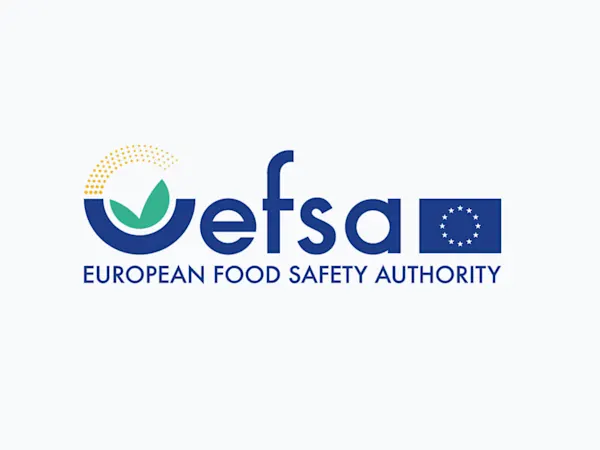
ChemSec Adds Neurotoxicants to SIN List in Landmark Step for EU Chemicals Regulation
ChemSec updates the SIN List with neurotoxicants, spotlighting brain-damaging chemicals and urging EU regulators to act swiftly on these hidden threats.


The addition of chlorhexidine and its salts to Part 2 of CEPA’s Schedule 1 introduces new compliance considerations for manufacturers and industrial users. While the focus is pollution prevention, industries should anticipate future restrictions and evaluate their supply chains, wastewater management, and regulatory strategies accordingly.The Canadian government has classified chlorhexidine and its salts as toxic under the Canadian Environmental Protection Act (CEPA), 1999. The new regulatory listing, published in the Canada Gazette, Part 2, impacts manufacturers, chemical suppliers, and industrial users across multiple sectors. This decision mandates pollution prevention measures to limit environmental exposure.
The Order Adding a Toxic Substance to Part 2 of Schedule 1 to CEPA (SOR/2025-13) took effect on 31 January 2025. The ruling, based on a screening assessment by Environment and Climate Change Canada (ECCC) and Health Canada, concluded that chlorhexidine and its salts pose ecological risks, particularly to aquatic ecosystems.
Key Details:
Industries involved in chemical production, healthcare products, and industrial cleaning must assess their use of chlorhexidine. The CEPA listing does not immediately ban the substance but signals potential future restrictions.
Key industry considerations include:
The CEPA amendment grants regulators authority to propose pollution prevention measures, which could include:
While no immediate compliance actions are required, businesses should prepare for future regulatory developments and explore proactive substitution strategies.
Foresight continuously tracks 1000s of sources and maps updates to your portfolio:




ChemSec updates the SIN List with neurotoxicants, spotlighting brain-damaging chemicals and urging EU regulators to act swiftly on these hidden threats.

EFSA launches consultation on updating its Weight of Evidence and Biological Relevance guidance, aiming to streamline chemical risk assessment practices.

OECD’s new chemical data sharing guide promotes fair access, transparency, and regulatory alignment—helping companies reduce duplication and meet compliance obligations globally.
Subscribe to Foresight Weekly and get the latest insights on regulatory changes affecting chemical compliance.
Free forever. Unsubscribe anytime.
Read by professionals at